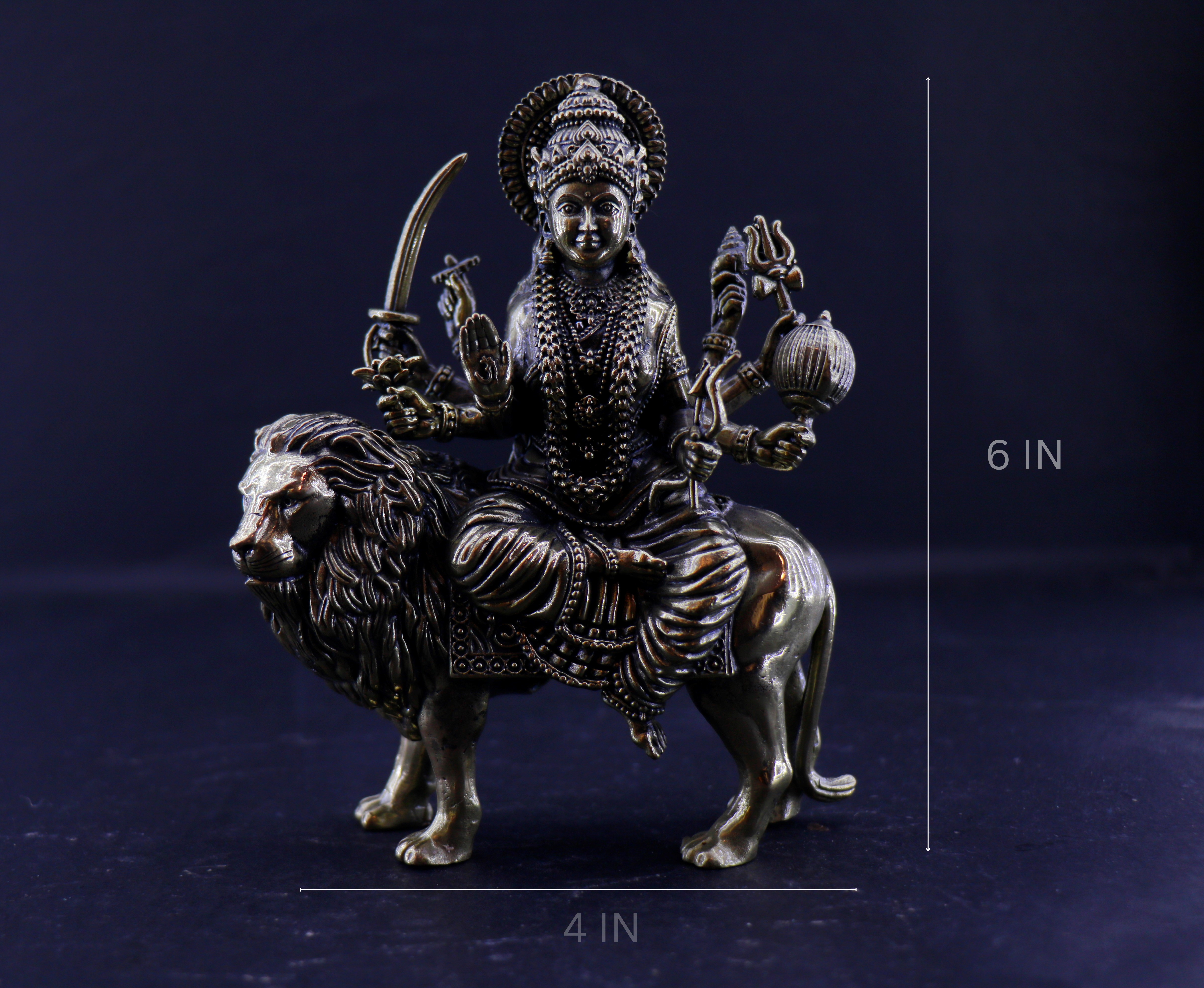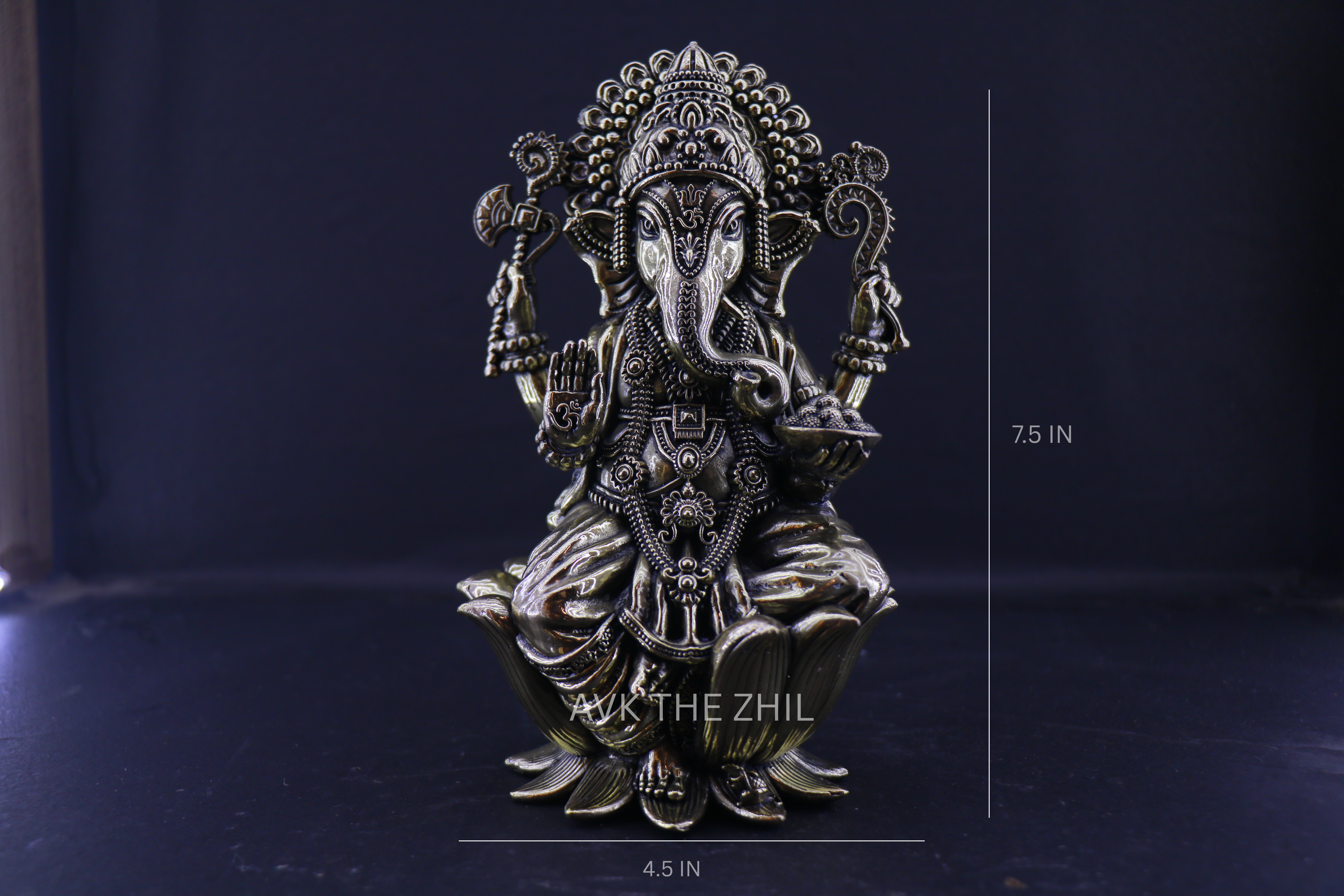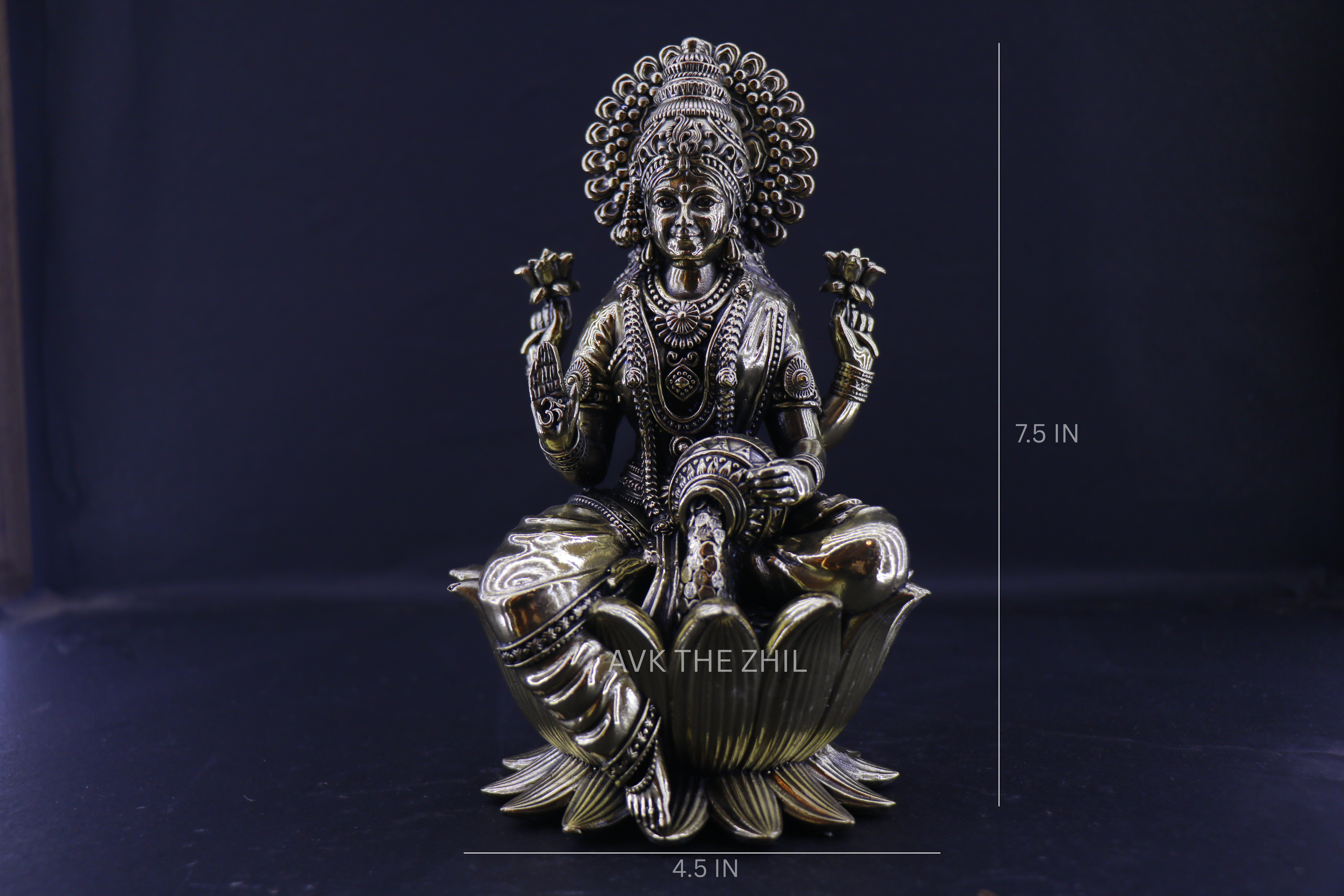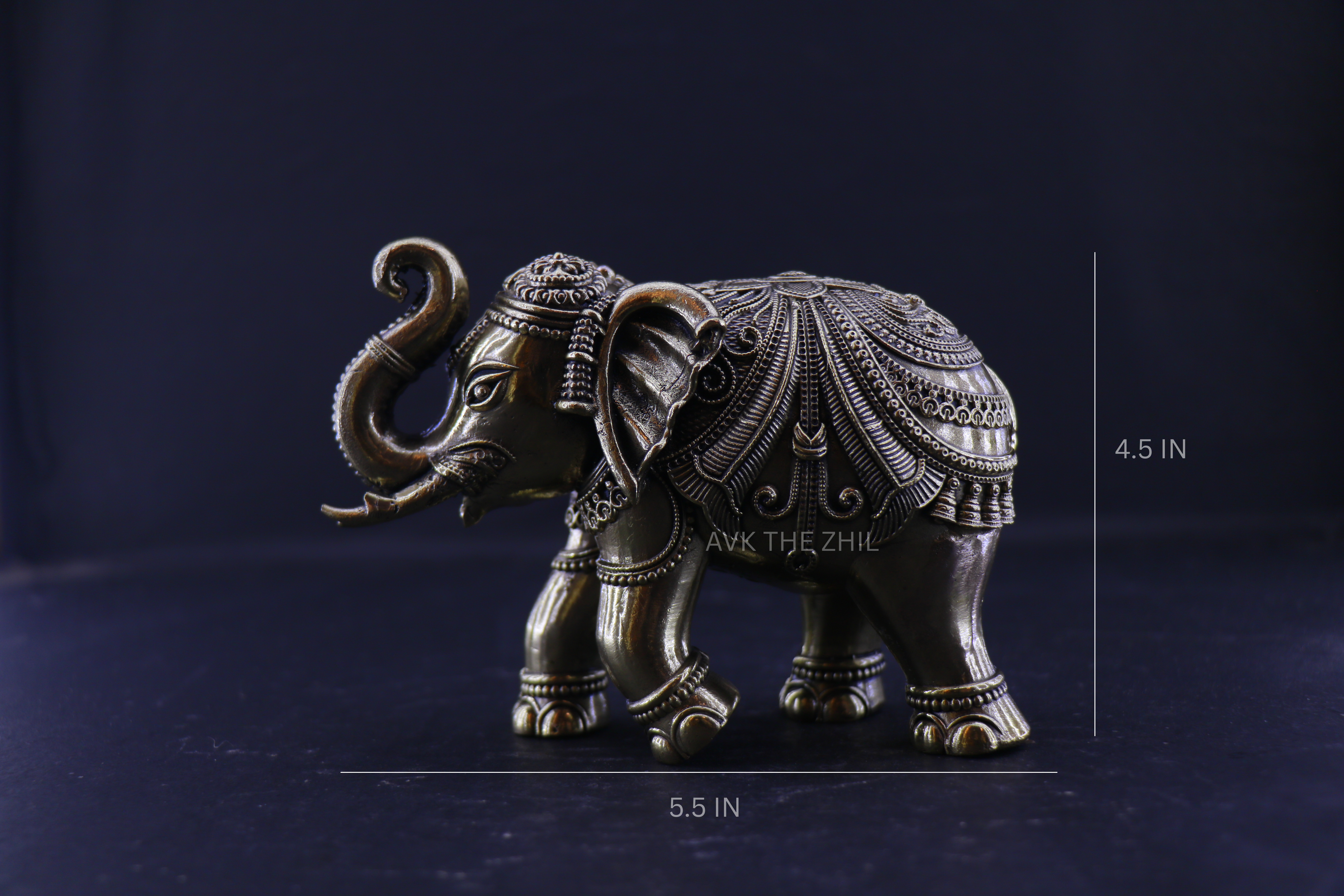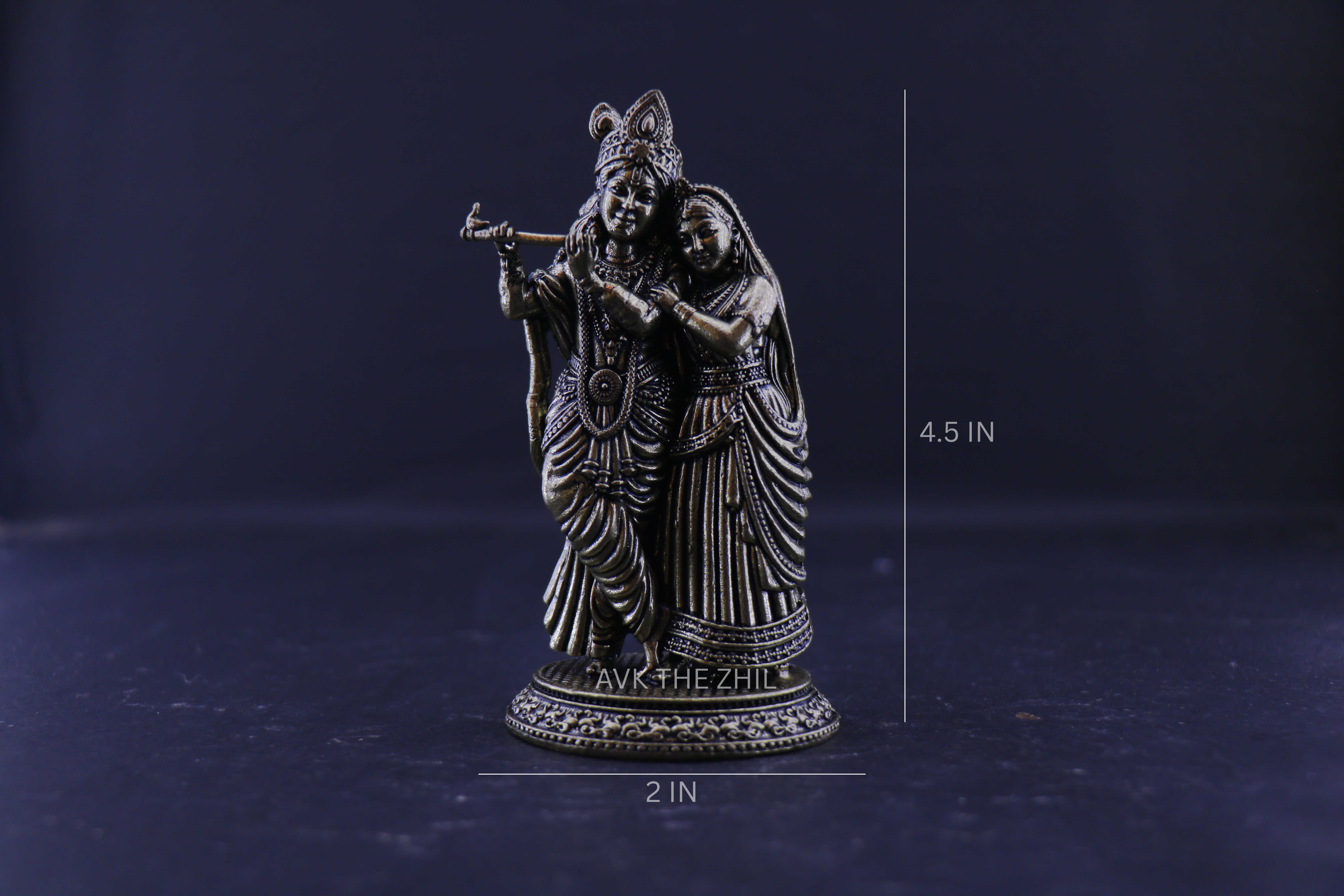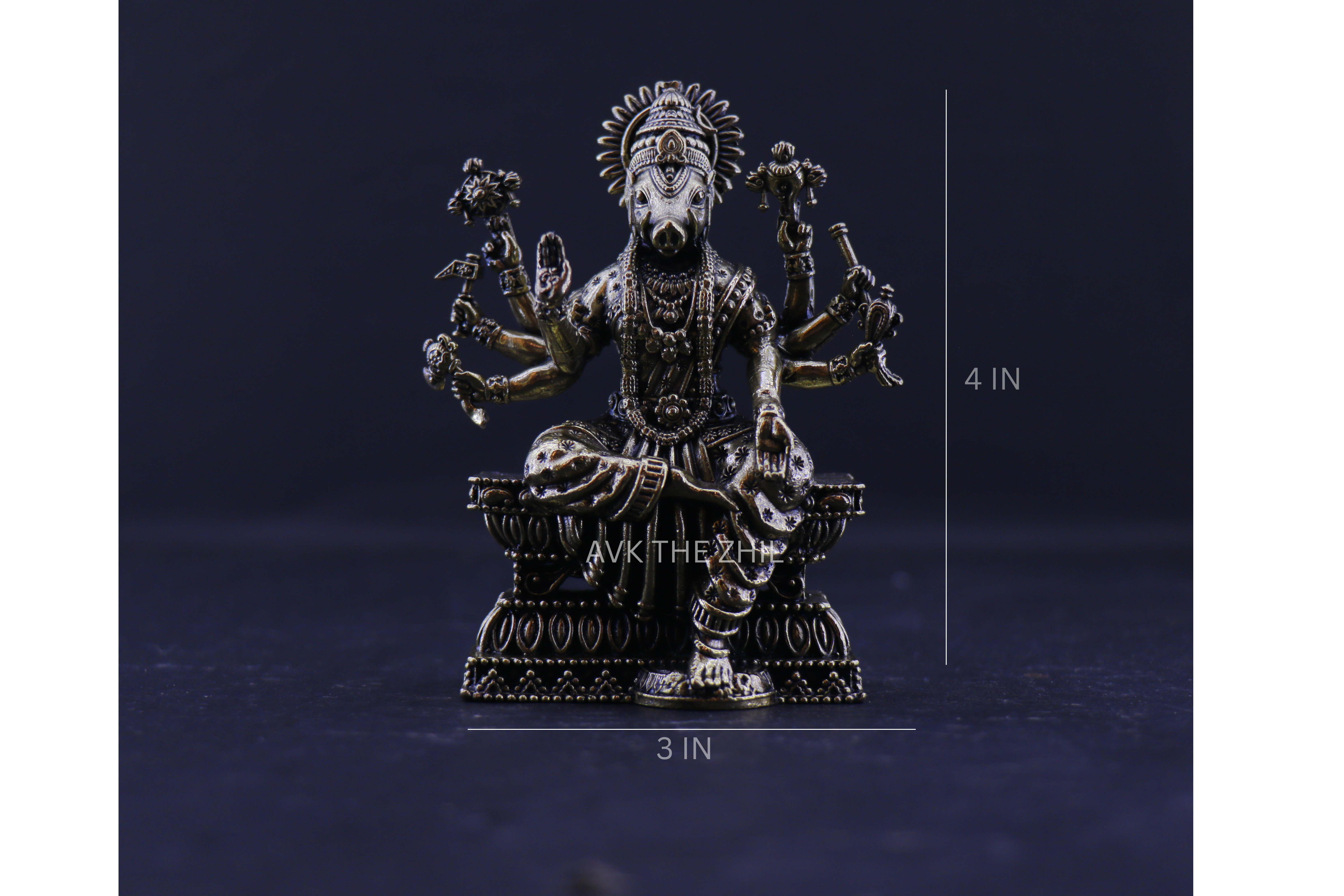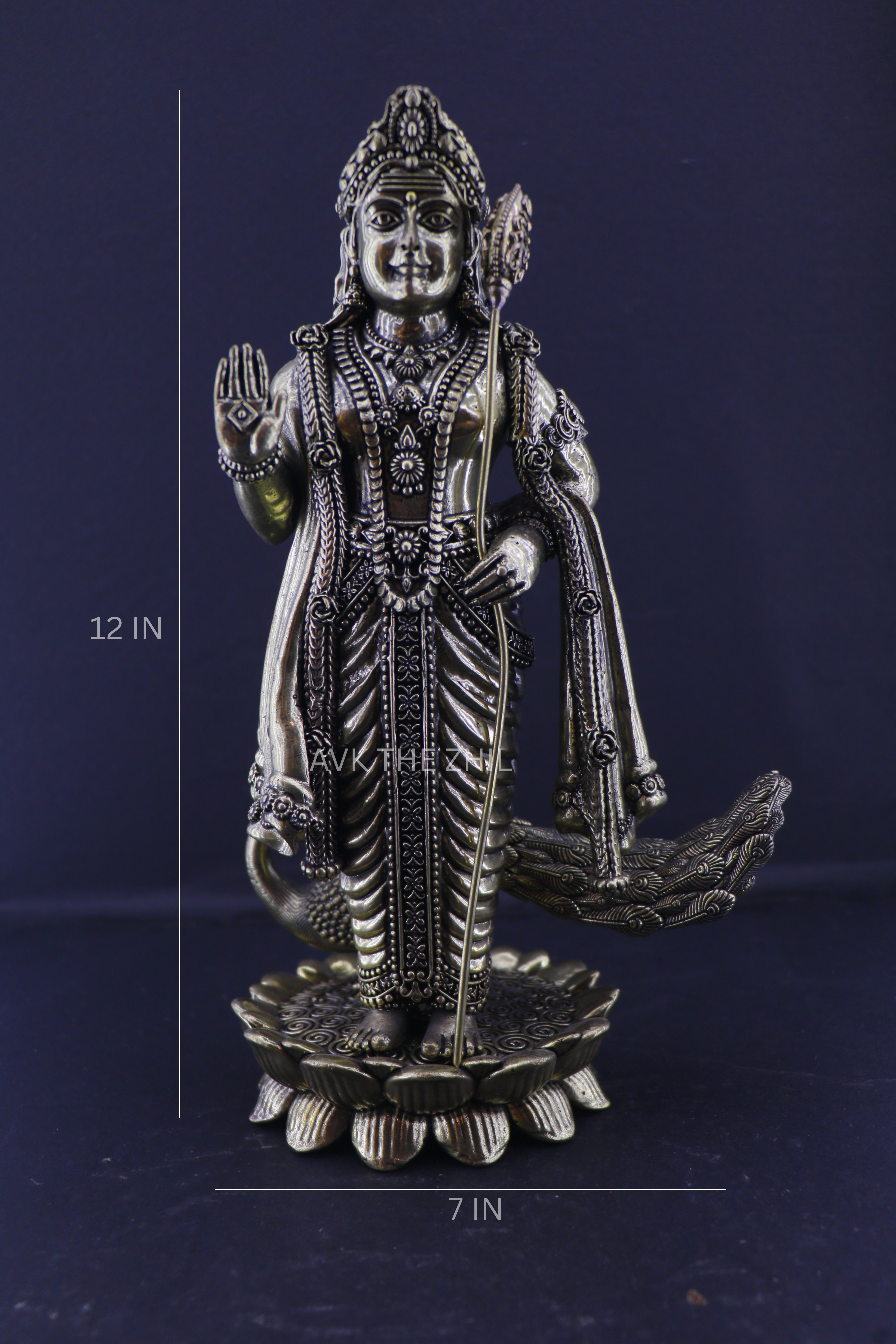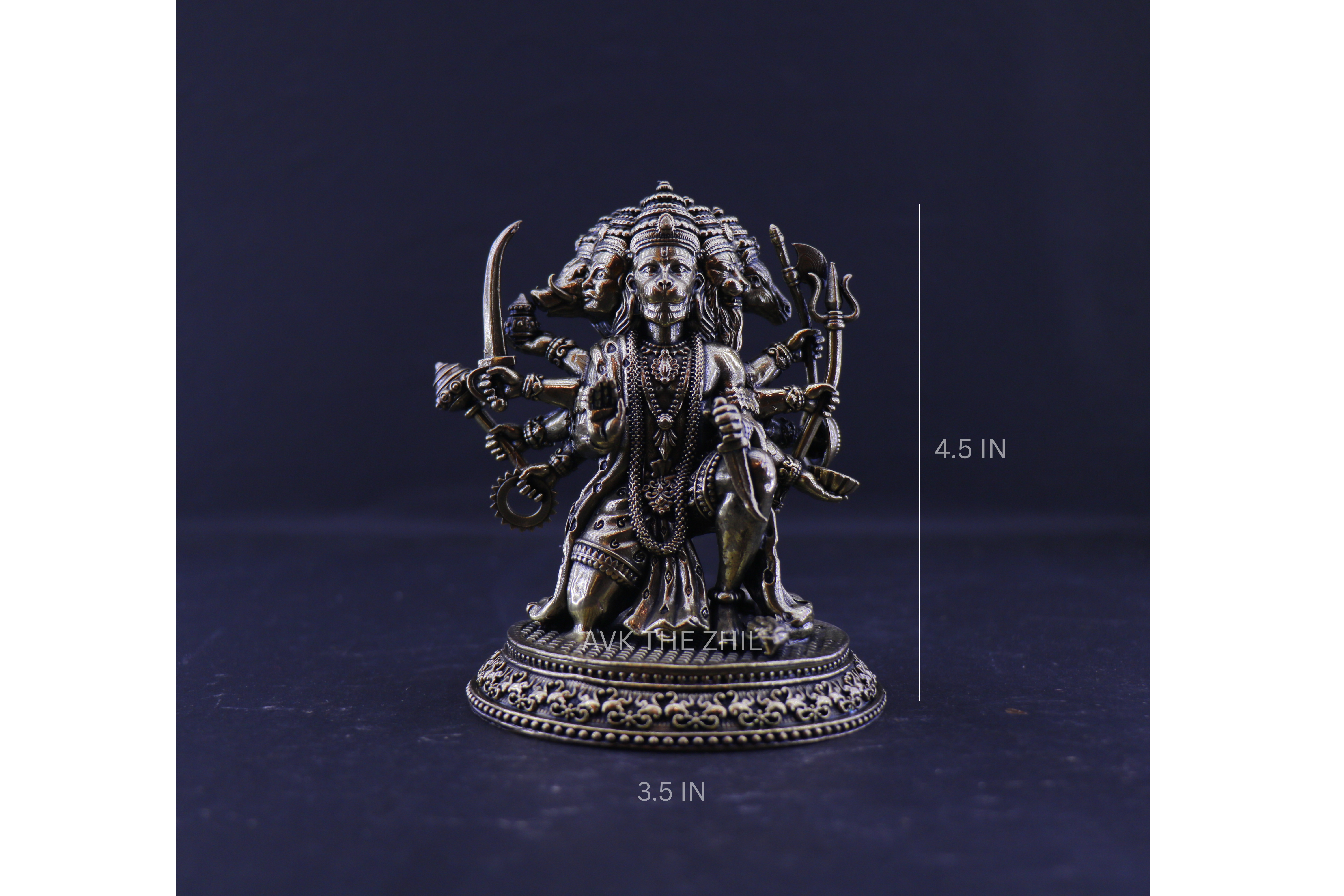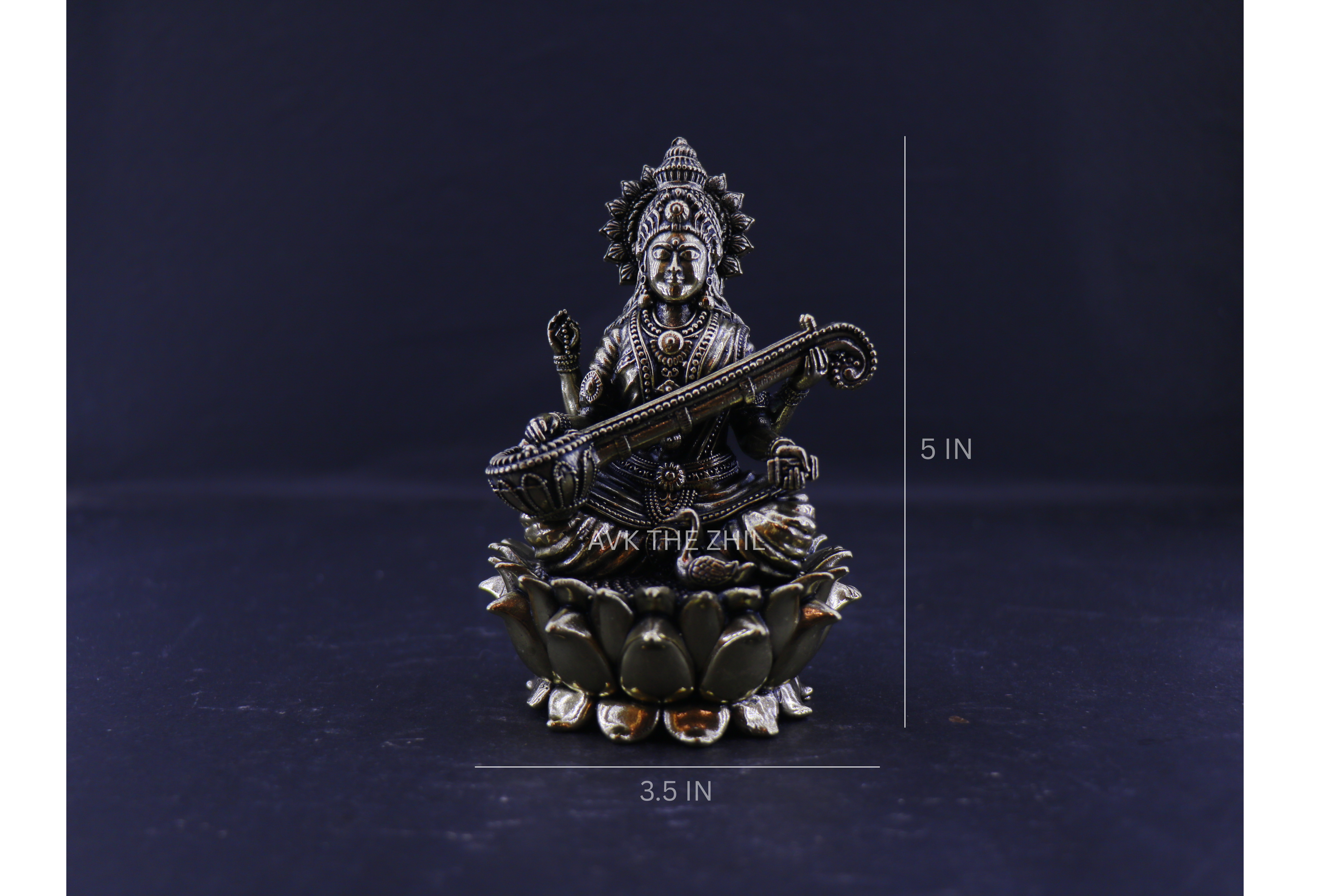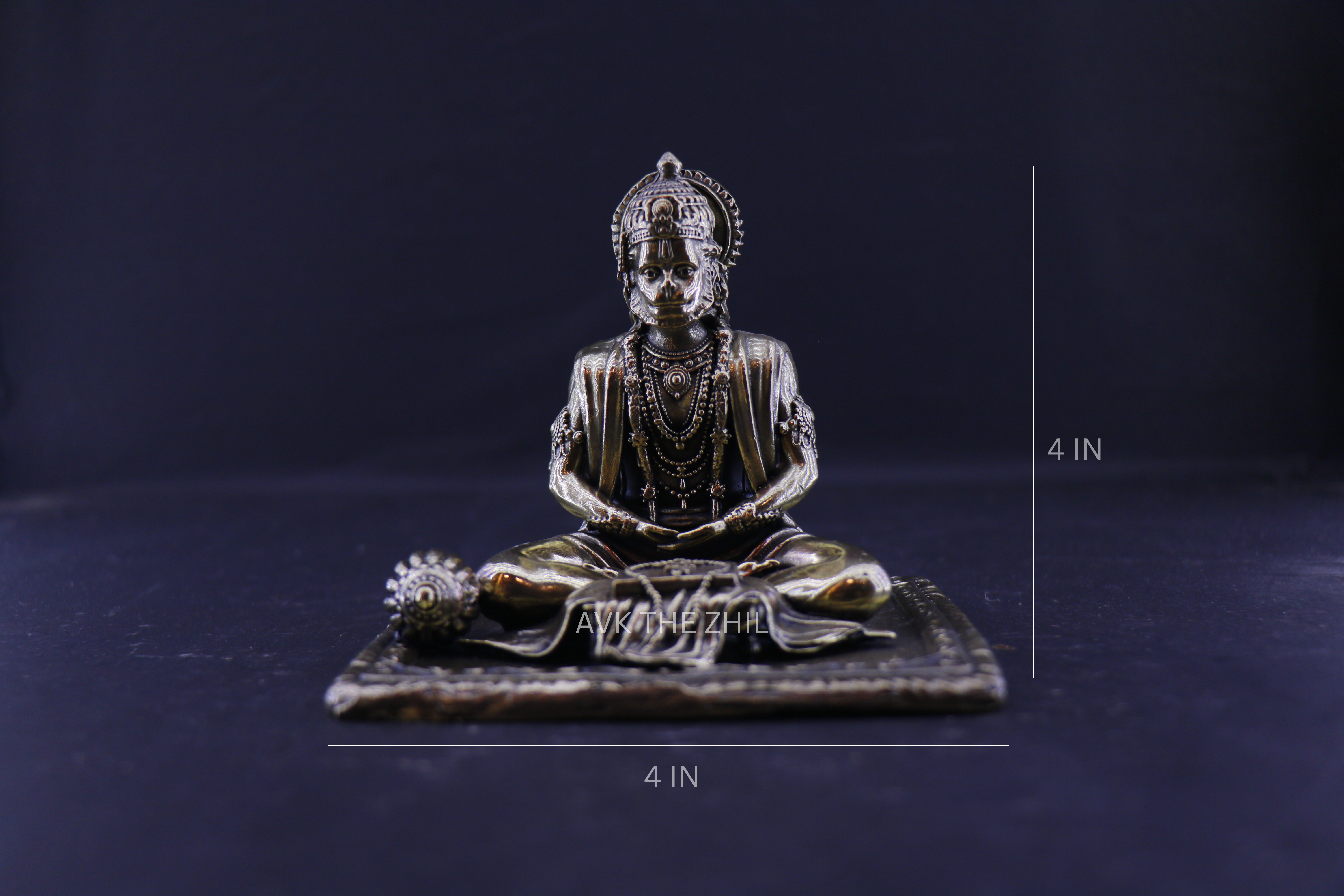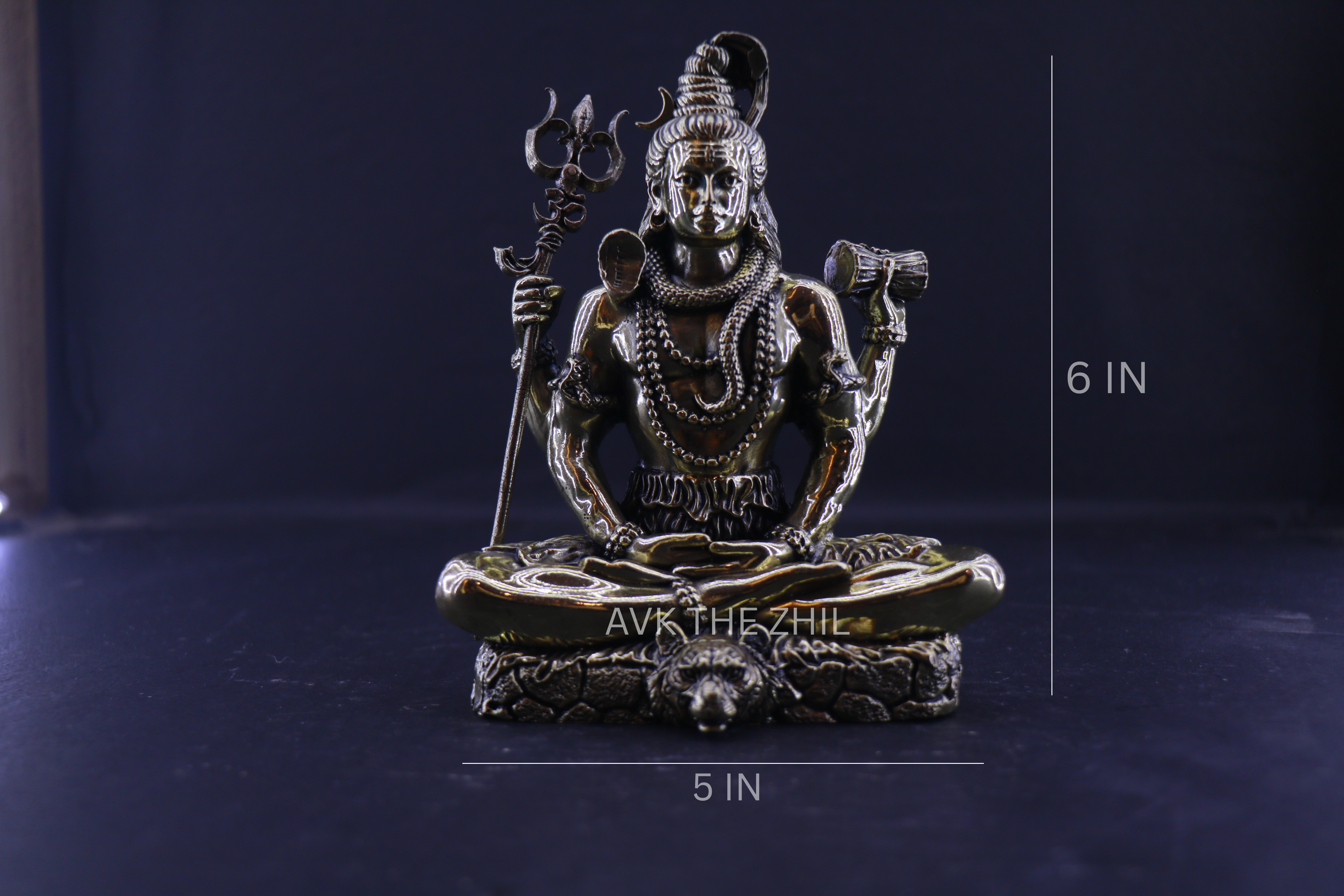







Reviews & Ratings
Lord Shiva, also known as Mahadeva (the Great God), is one of the principal deities in Hinduism and a central figure in the Trimurti, the holy trinity that includes Brahma (the creator), Vishnu (the preserver), and Shiva (the destroyer or transformer).
Third Eye (Trinetra):
Shiva possesses a third eye on his forehead, symbolizing inner vision and wisdom. It is believed to burn desires and ignorance into ashes.
Matted Hair (Jata):
His tangled, matted locks represent control over the mighty river Ganga, which flows from his hair. This signifies Shiva as the source of purification and spiritual knowledge.
Blue Throat (Neelkanth):
He drank the poison Halahala during the churning of the cosmic ocean (Samudra Manthan) to save the universe. The poison turned his throat blue, earning him the name Neelkanth.
Crescent Moon (Chandra):
The moon on Shiva’s head signifies the cycle of time and the importance of rejuvenation.
Tiger Skin:
He is often shown seated on or wearing a tiger skin, symbolizing his mastery over lust and power.
Serpent Around the Neck:
The snake, often a cobra, coiled around his neck represents Shiva’s fearless and calm nature and his control over death and rebirth.
Trident (Trishul):
The trishul signifies the three fundamental aspects of existence: creation, preservation, and destruction.
Damaru (Drum):
The small hourglass-shaped drum he carries symbolizes the cosmic sound (Om) and the rhythm of creation.
Ashes (Vibhuti):
Shiva is smeared with sacred ash, symbolizing the transient nature of life and the ultimate reality — everything ends in ash.
Mount Kailash:
He resides in Mount Kailash in the Himalayas, considered the axis of the universe and a symbol of spiritual power and purity.
Nandi:
His divine bull, Nandi, represents strength, faith, and devoted service. Nandi is also his vehicle (vahana)


